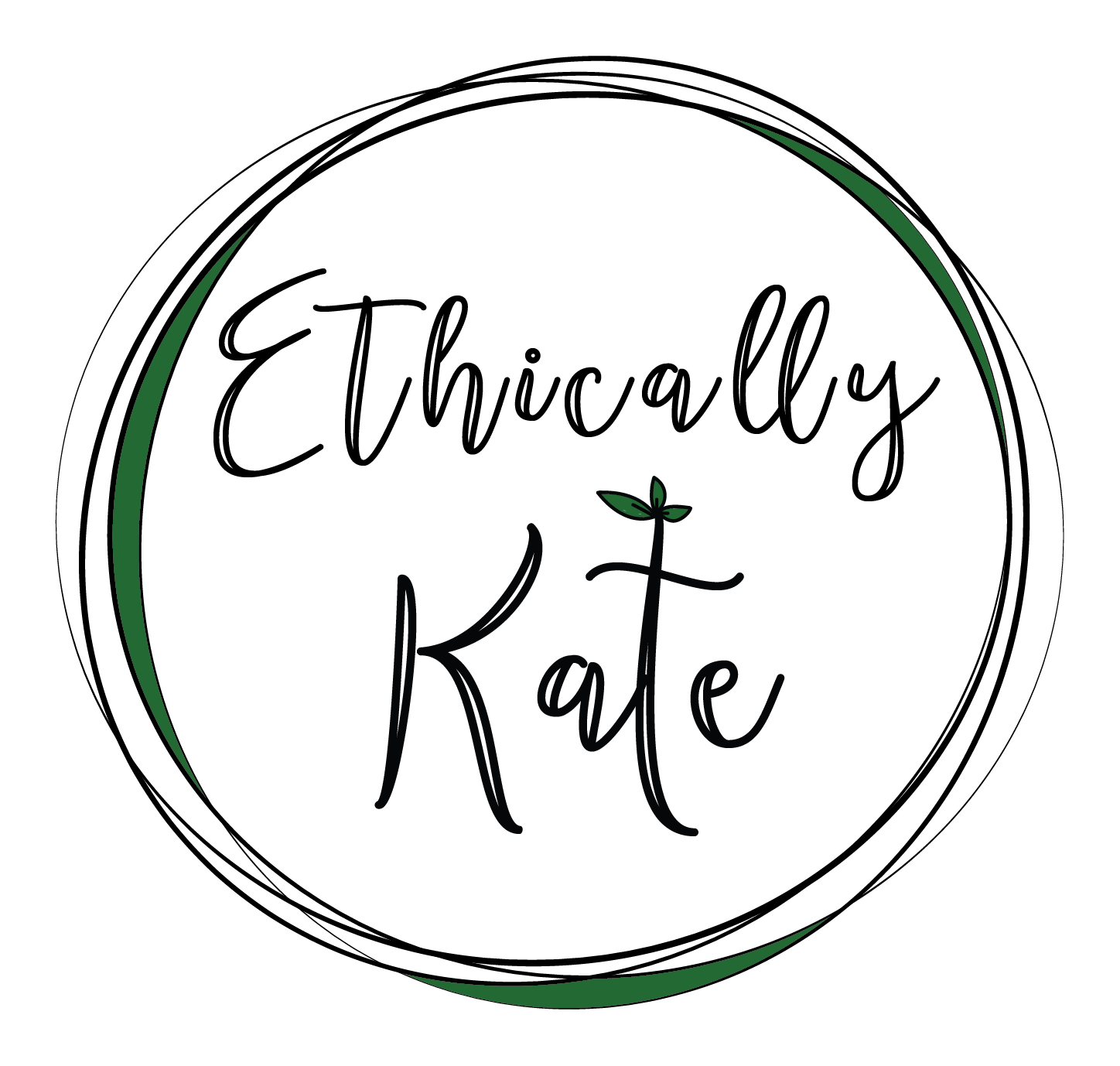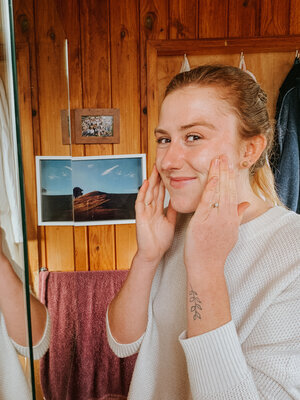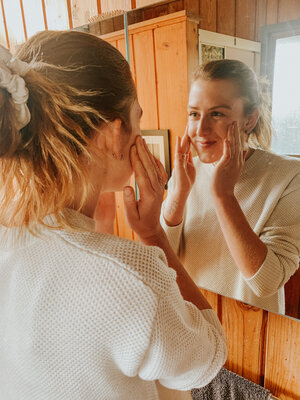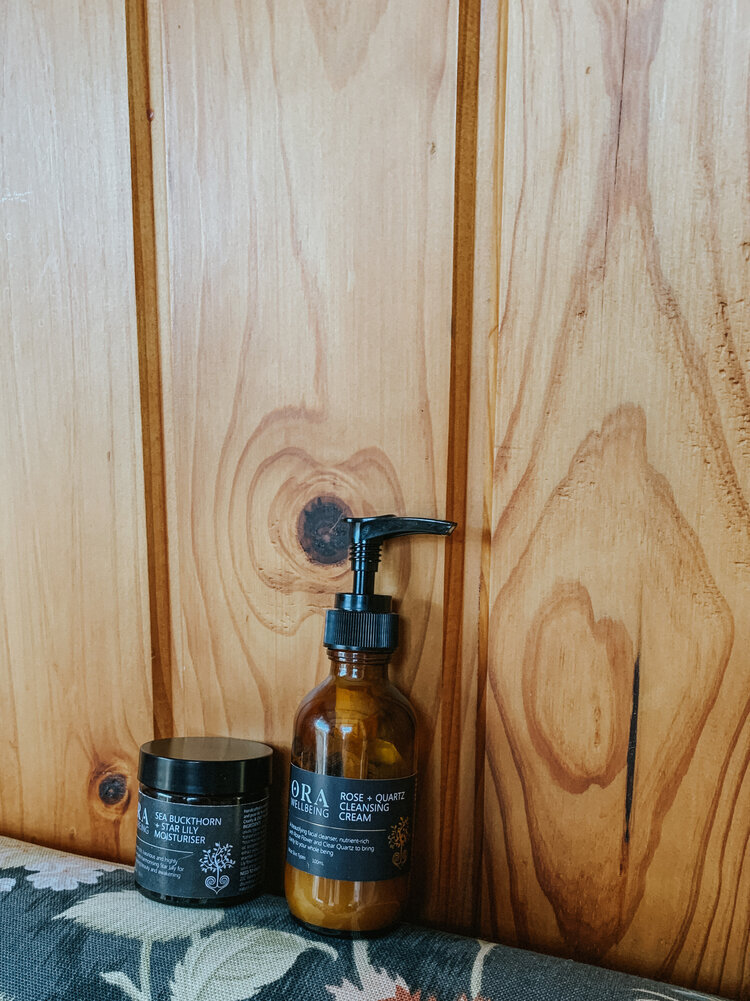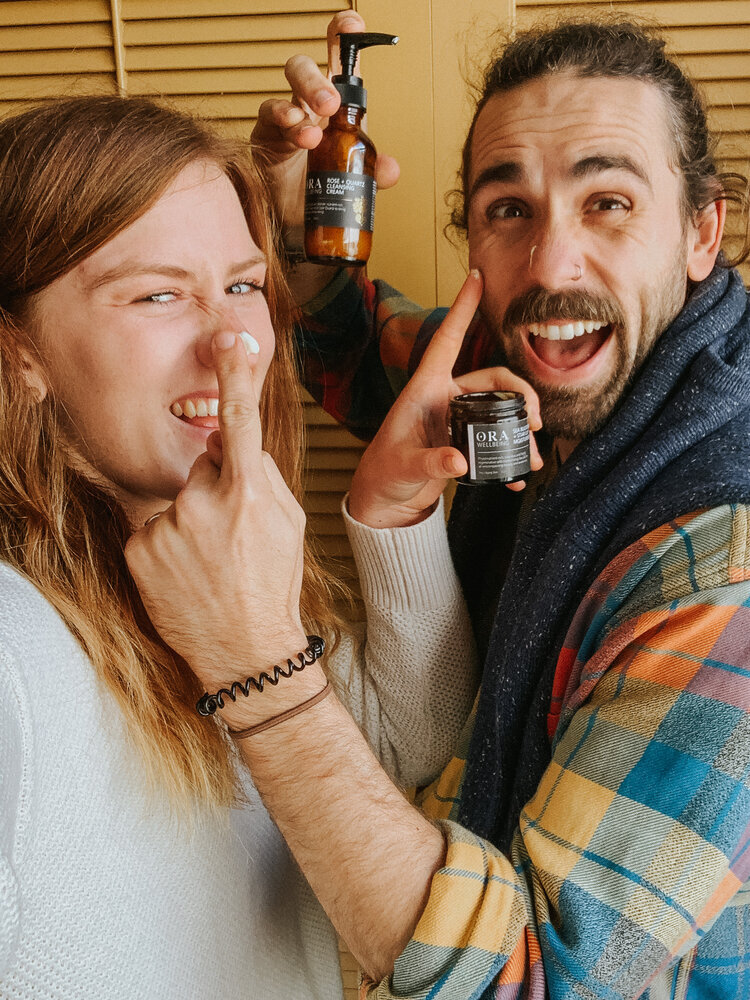What Does Clean Beauty Really Mean?
As a professional writer, using the word ‘really’ is highly frowned upon in my circles - it’s messy, doesn’t add anything to a sentence, and is over used. Yet, using it today feels appropriate. My use of the word ‘really’ highlights the commonality of the term ‘clean beauty’ and the frequency that it is misunderstood.
‘Clean beauty’ could mean ANYTHING to ANYONE.
Chances are you’ve seen the term ‘clean beauty’ before. On shop front windows, in brand’s value statements, or even in brand names. For you, it may be attached to the words eco-friendliness, natural, organic, sustainable, ethical, environmentally friendly, and maybe it sparks up ideas about sustainable packaging too.
Clean beauty means none of those things.
With the help of New Zealand based clean beauty brand ‘Biddy + May’, both a sponsor of this blog and expert in this field, I will try my best to explain what it does mean. Next time you consider purchasing a clean beauty product, you will know what you are buying into.
Note: I’ve chosen to share this clean beauty information in collaboration with Biddy + May because of their authenticity, ethos, and background. Founder, Yasmin Farry, began Biddy + May after being diagnosed with Inflammatory Breast Cancer in 2003. Since then, she has changed a lot about her life, including what she puts on her skin. Biddy + May is her way of offering safe alternatives and encouraging a clean lifestyle that promotes health in all senses of the word! I’m lucky enough to have worked with Yasmin since early 2019.
I’ll get straight to the point. ‘Clean beauty’ describes beauty products that contain safe ingredients for humans and the environment. Not only that, but clean beauty is transparent. When a brand is part of the clean beauty movement, like Biddy + May, they let their customers know exactly what is in their products. Clean beauty companies ensure every ingredient they use is non-toxic. The ingredients in clean beauty products don’t damage water ways when they’re flushed down the drain, and they don’t disrupt your body either.
To clarify… Clean beauty means two things: Safe + Transparent.
Diving deeper into how clean beauty fits in with the rest of the sustainable beauty movement, it’s important to understand that the terms natural, eco, or green, and even clean, do not hold weight. They are not standardised. There is no certifying third-party to give their qualified stamp of approval, and any brand can use these words in their marketing, regardless of what ingredients are in their products. Although these terms are helpful to describe a product or company when mentioning them, it’s best to take them lightly.
I won’t bore you with the whole ‘your skin is your biggest organ’ thing - we know that. And if you’re reading this, you most likely already understand the long term consequences of not looking after your skin. But even with these best intentions, it’s hard to know how to shop beauty products when the industry is so vague and messy. Even certifications like ‘organic’ can simply describe one ingredient in a product full of 50. Plus, just because something is organic doesn’t mean it’s healthy for your skin. ‘Chemical free’ is another one that bugs me. Water is a chemical, but it’s not harmful for your skin. Just because something contains a chemical does not mean it’s toxic, and if something doesn’t contain chemicals, it can still do damage.
With this in mind, how do we wade through generic terms and utilise clean beauty products we can trust? Best practice, is to read the ingredients. Use ‘clean beauty’ as a guiding light to pull you in the right direction, but don’t stop there.
Of course we aren’t all scientists and I don’t expect the common consumer (that’s me and you) to know what every ingredient is. Here are the main nasties to avoid:
Parabens (synthetic preservatives that are endocrine-disrupting)
Fragrances (‘fragrance’ isn’t an ingredient… it’s a way to avoid saying what harsh chemical is actually being used to create the scent)
Phthalates (another endocrine-disrupting chemical)
Talc (human carcinogen)
Petroleum (this is literally petrol)
Formaldehyde (another human carcinogen)
Do you think I’m crazy for insinuating that beauty products contain carcinogens and petrol? Unless you’re a clean beauty expert and already have an array of safe and transparent products in your cupboard (I applaud you), go check the back of your bottles now. I bet you’ll find at least one of them, or derivatives. The only thing crazy is that it’s legal to put these things in products that go on and in people’s bodies!
ORA Wellbeing Cleansing Cream & Moisturiser - Biddy + May
Before I recommend how you can jump on the clean beauty wagon and sail away into a life of pure toxin-free bliss, there are a few things to add to your ‘clean beauty’ knowledge-base. Generally, clean beauty companies also create their products ethically and use low waste, sustainable packaging too. Like I said, this is not always a guarantee, but if a brand gives a crap about safe ingredients and being transparent, they often care about their environmental and social impact too.
Clean beauty describes transparency and safe ingredients; it doesn’t mean the product will definitely work for you. Think of the individuals who are allergic to baking soda, a common ingredient in deodorants that fall into the clean beauty box, and the people who cannot handle essential oils touching any part of their skin. As with every single beauty product in the world, toxin free or not, each beauty product works differently for everyone.
Start? Simple.
If you’re suddenly questioning all your favourite products, and feeling overwhelmed with the concept of swapping every single product to a transparent and safe one - don’t. Start small. Start with your deodorant, your body wash, or your moisturiser. Start with one thing, and go from there.
I’ve personally been using clean beauty products since 2017. As you can see, my husband has too! Here’s us, playing around with one of Biddy + May’s moisturisers and cleansers.
I counted how many beauty products I used before I left the house the other day: 11. Imagine if each one contained toxic ingredients? No thanks.
Shop clean beauty options at Biddy + May here.
If you’re wanting the ‘clean beauty’ extra for experts edition, check out Biddy + May’s elaborate article. They expand on clean beauty, list some specific questions you are most likely wondering, and point you towards their handy ‘No Go List’. I’d recommend diving into Instyle’s blog, and also Harpers Bazaar for some more detailed descriptions and clean beauty examples.
Code ETHICALLYKATE for 10% off Biddy + May!
As a rule, I only work with brands I love, use, and can whole heartedly back. This is a sponsored blog (I can't pay my electricity bill with free products), but 100% my own words, photos, and opinion.
